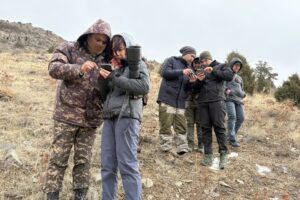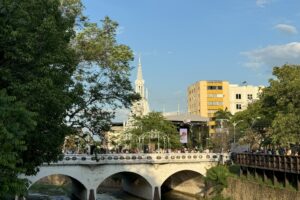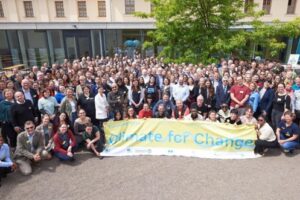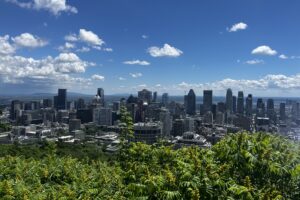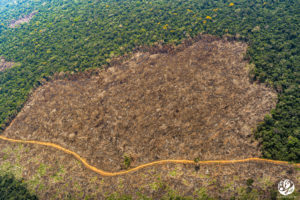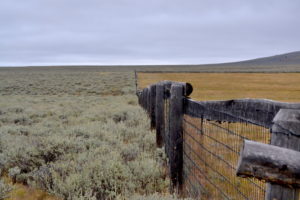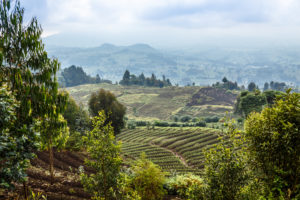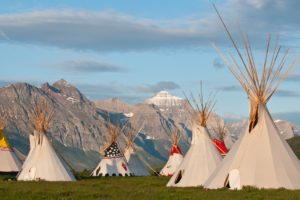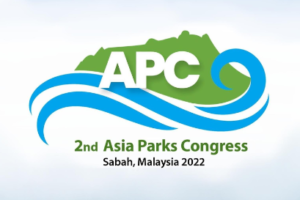Transboundary Conservation: Building Partnerships for Shared Landscapes
When lynx, elephants, markhors, bears or elk move in search of water or food, they don’t stop to show their passports at the border or pause to consider which areas are protected; wildlife goes where it needs to survive. In this special feature article for the 2024 Annual Report, interviews with Center staff illuminate the challenges and opportunities associated with several of our current efforts to reconnect landscapes that straddle international borders.
